Search results for 'Red pigments'
-
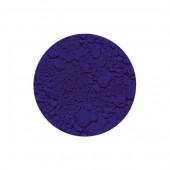
Ultramarine Blue Light Pigment
Starting at: £6.00
-
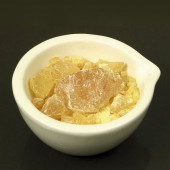
Colophony
Starting at: £7.30
-
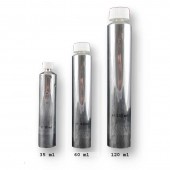
Empty Aluminium Tubes
Starting at: £1.05
-
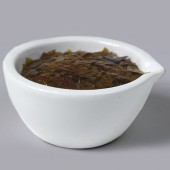
Orange Shellac
Starting at: £8.00
-
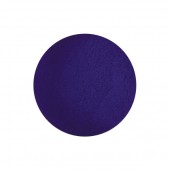
Prussian Blue Pigment
Starting at: £5.20
-
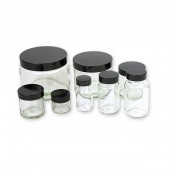
Squat & Powder Jars
Starting at: £0.75
-
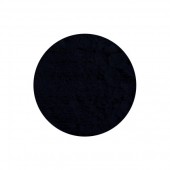
Vine Black Pigment
Starting at: £4.70
-
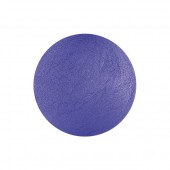
Egyptian Blue Pigment
Starting at: £5.90
-
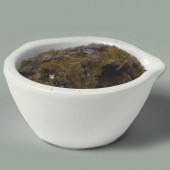
Clear Dewaxed Shellac
Starting at: £9.20
-
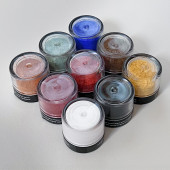
Cornelissen Iconographer's Pigment Set, with Aidan Hart
£41.00
-
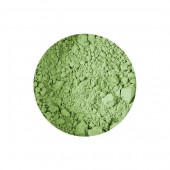
Terre Verte Pigment
Starting at: £4.00
-
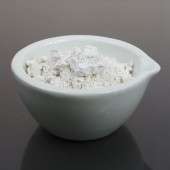
Whiting
Starting at: £4.00
-
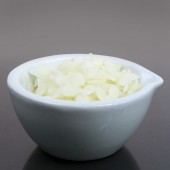
Bleached Beeswax
Starting at: £12.30
-
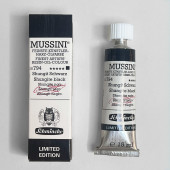
Schmincke Mussini Shungite Black Limited Edition 15 ml
£26.00 -
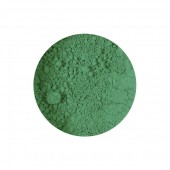
Viridian Green Pigment
Starting at: £6.30
-
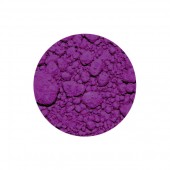
Manganese Violet Pigment
Starting at: £8.50
-
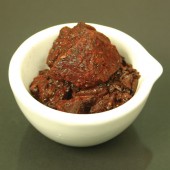
Dragon's Blood Pieces
Starting at: £25.40
-
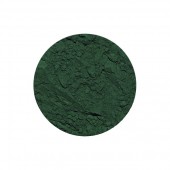
Cobalt Green Deep Pigment
Starting at: £9.20
-
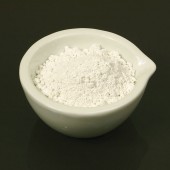
Gypsum
Starting at: £5.70
-
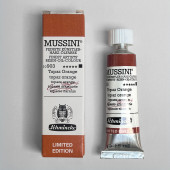
Schmincke Mussini Topaz Orange Limited Edition 15 ml
£26.00
-
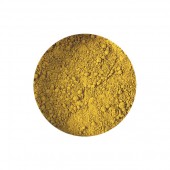
Raw Sienna Pigment
Starting at: £4.00
-
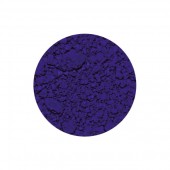
Ultramarine Blue Limewash Pigment
Starting at: £6.30
-
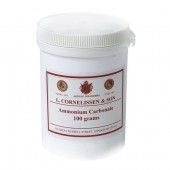
Ammonium Carbonate
Starting at: £9.70
-
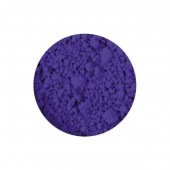
Ultramarine Blue Dark Pigment
Starting at: £4.00
-
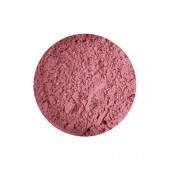
Rose Madder Genuine Pigment
Starting at: £15.80
-
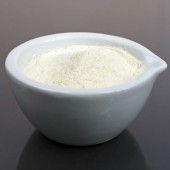
Gum Sandarac
Starting at: £8.60
-
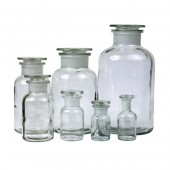
Reagent Jar
Starting at: £6.50
-
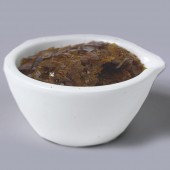
Lemon Shellac
Starting at: £8.20
-
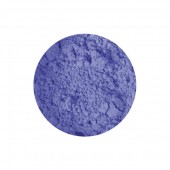
Cerulean Blue Pigment
Starting at: £14.50
-
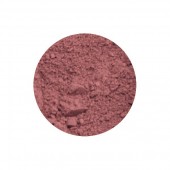
Madder Lake Genuine Pigment
Starting at: £10.20





